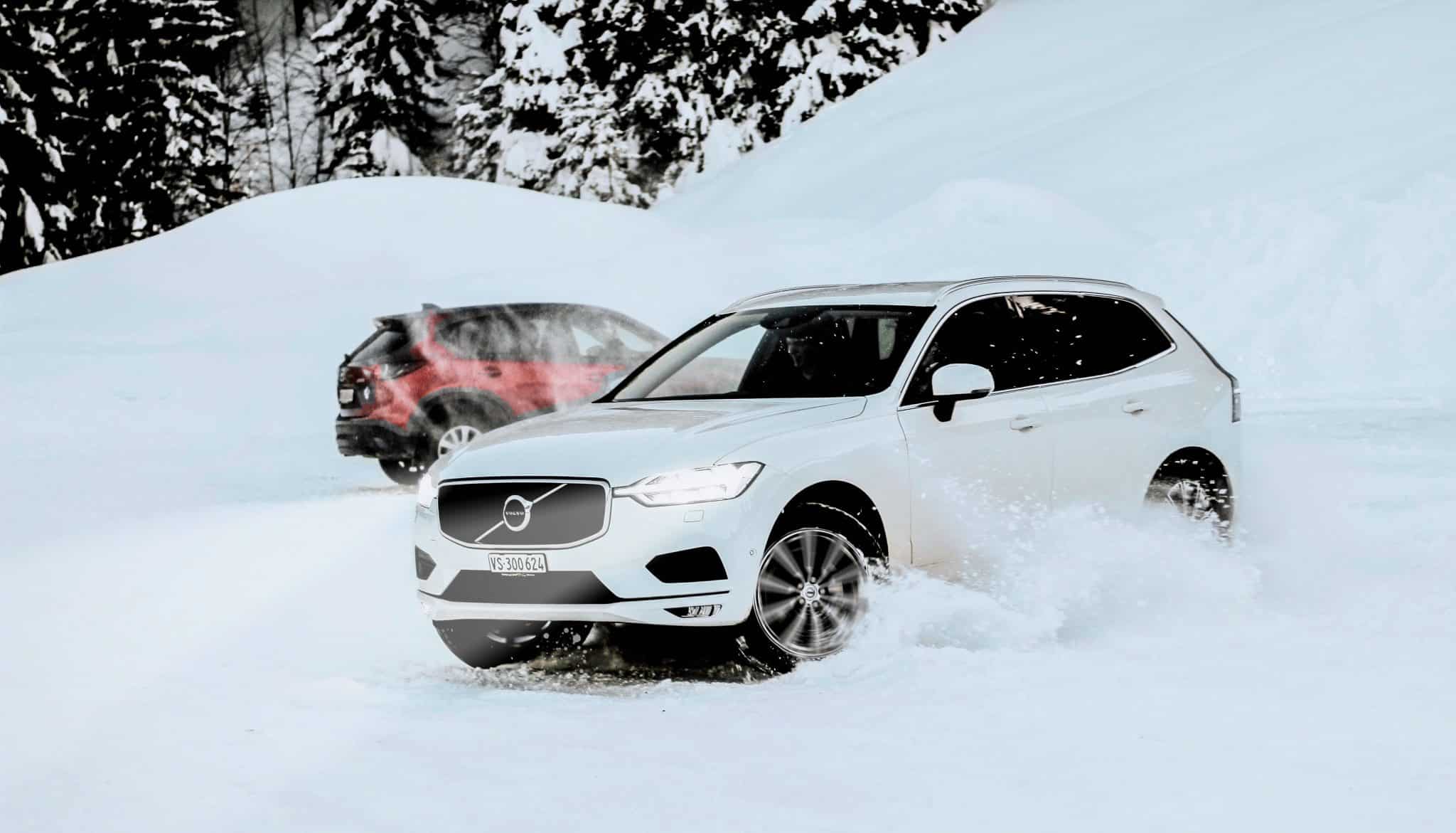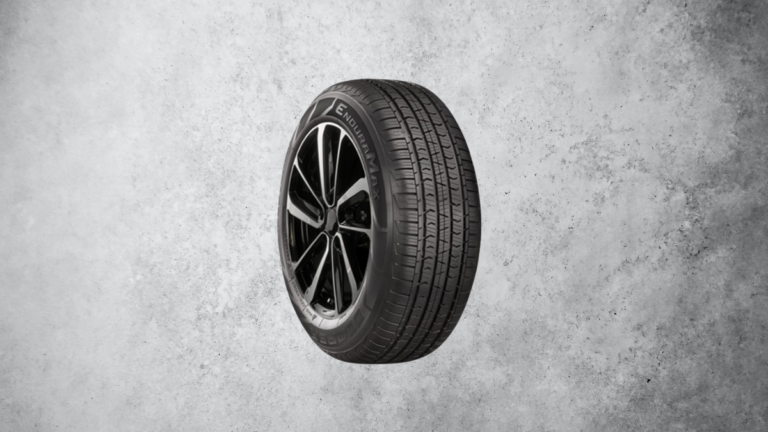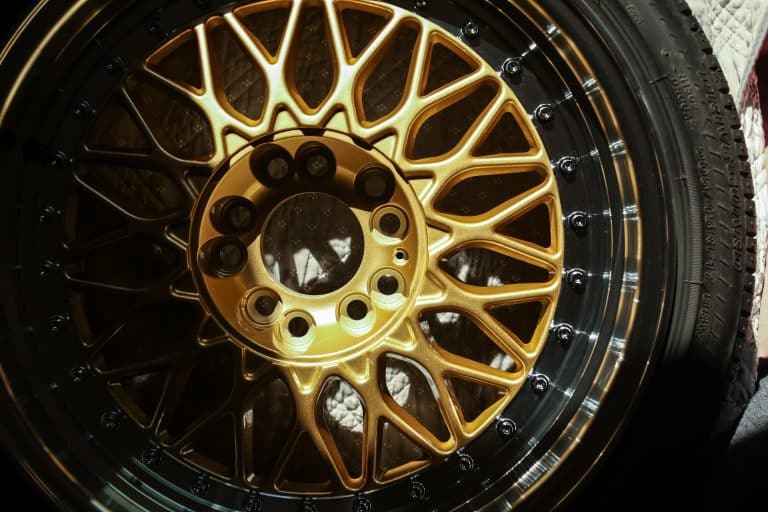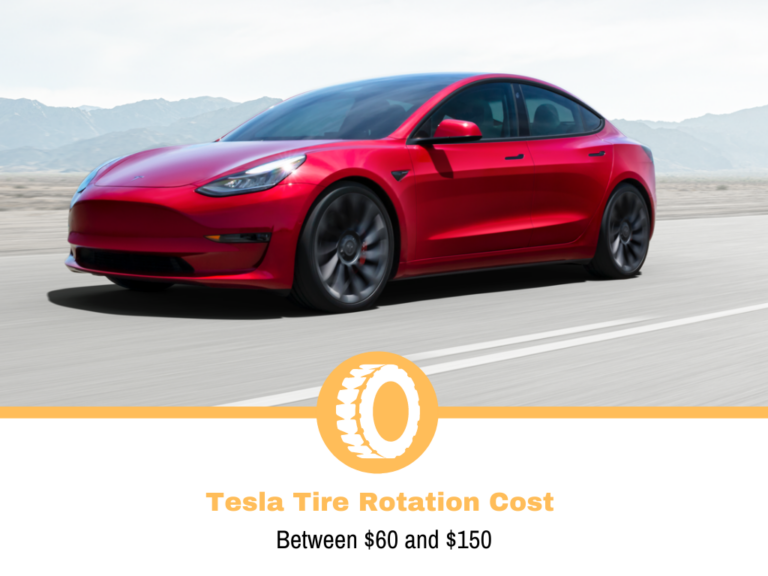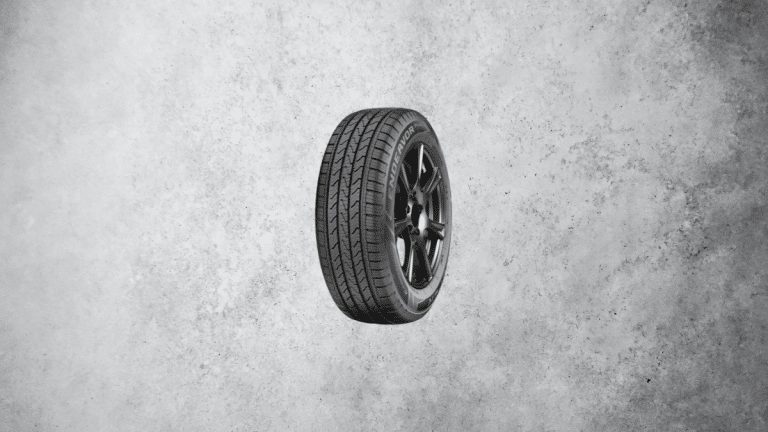Driving with Winter Tires in Summer
If you’ve been following my writings for TireHungry, you probably know that I’m the type of person who recommends summer and winter tires. Having both means that you’ll get the best performance possible in all conditions. It’s the more expensive option when compared with all-season or all-weather tires, so not everyone agrees with this solution.
Having two sets of tires means that you’ll need to be mindful of the conditions and change them accordingly. With the winter long gone and the only snow you’ll see is on a mountain or YouTube, it’s way past the time to have your summer tires fitted.
Each year, this raises the question: why don’t we use winter tires in the summer? Well, apart from the obvious reason, which is in the type’s name, there are several other areas we should discuss. This brings me to today’s topic in which I’ll outline those aspects so that you know why you shouldn’t drive your winter tires in summer.
What are Winter Tires?
Before I dive into the specifics, let’s define a few things first, like what are winter tires. The name says everything you need to know – winter tires are models designed for winter conditions. These include cold temperatures, snow, and ice. There is a difference in performance from one model to another, but manufacturers make them for the best performance in winter.
The main thing that distinguishes them from other types of tires is the rubber compound. Considering that you’d be using them in sub-freezing temperatures, the compound is “softer”. This ensures that they remain pliable and drivable in these conditions.

As for the second aspect, we have the design. If you compare a summer and winter tire side by side, you’ll notice that the winter one has a more aggressive pattern. It’s not as aggressive as an all-terrain or a mud-terrain tire, but there are more grooves. They help with performance on snow and slush, something that the summer tires will struggle with a lot.
Driving with Winter Tires in Summer
With that out of the way, let’s talk about what happens when you drive winter tires in summer.
Reduced Longevity
Winter tires aren’t known for being the longest-lasting option on the market, but they are good enough. This is for situations where you use them as they’re intended, meaning that summer isn’t something that will help with this.
As you drive, microscopic parts of the rubber get torn off, which is why we see wear in all tires. Some wear at a faster rate than others, but at the end of the day, it’s inevitable.
The compound of winter tires is tweaked so that we can use it in temperatures below 45 degrees, without affecting longevity. Using them in temperatures higher than these, especially on the upper end of the scale, which we see in summer, means that the wear rate will increase.
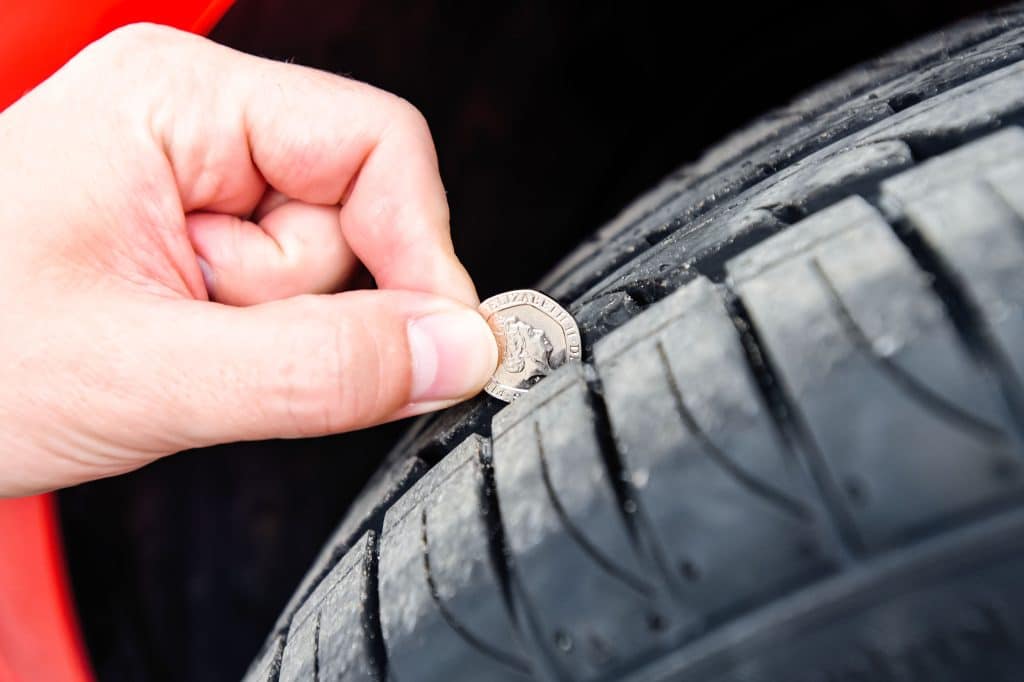
Softer tires wear out faster than harder ones, especially on hotter tarmac. As a result, you can expect to see a noticeably increased rate of wear when you drive your winter tires in summer.
Poor Handling Characteristics
Have you ever wondered why there aren’t UHP winter tires? I know there’s the Pilot Alpin lineup and a few others, but they all have that little thing called not responsive enough. Don’t get me wrong, some models are very responsive as winter tires, but they aren’t close to the summer options.
This is another drawback of the softer compound. You are getting a pliable tire in winter conditions, but you’re sacrificing a bit in terms of handling when compared to other performance models. So, if a winter tire isn’t overly responsive in winter, it means that it will be worse in summer.
Driving in temperatures over 45 degrees puts winter tires out of their comfort zone and the already soft compound becomes softer. This results in increased movement of the blocks and a tire with poor responsiveness. That may sound like you can live with, but it’s not a safe thing.
We talk about this aspect when we want to present if a tire is fun to drive or not, but it plays a crucial role in terms of safety. A responsive tire will enable you to make a quick maneuver in an emergency. A less responsive tire will take a bit of time from the moment you turn the steering wheel to the moment it changes direction.
I tried this a few years ago on my Corolla. I didn’t change the winter tires in time, so I had to do some highway driving at temperatures over 80 degrees. Let m tell you, the tires weren’t happy. If we ignore the constant squeal around every corner around town, the stability and straight-line tracking on the highway was terrible. The car felt like it was driving on a waterbed with those rubber tires kids use for swimming. It wasn’t the nicest experience and I have to say it didn’t feel overly safe.
Poor Performance
There are some mixed opinions on this matter. We say that softer tires are stickier, so the grip and traction levels should be better, right? In theory, that is true, but in reality, it’s not that simple.
Even though the compound of winter tires is softer when compared with summer ones, that doesn’t translate into more grip. The softer compound offers optimal performance in lower temperatures, so in higher ones, you won’t get anything more. With that in mind, you may even end up with a far worse performance. It means that you’ll get longer braking distances and lower levels of grip and traction.
To be fair, I wouldn’t categorize it as unsafe, but it’s close to borderline.
Reduced Efficiency
Touring tires are the most common choice for most people. They offer a wide range of advantages, one of which is an improved economy or range of newer electric vehicles. Driving winter tires in summer will have the opposite effect.
Don’t get me wrong, winter tires aren’t known for being models with the lowest rolling resistance, but in this case, you’re making things worse. It all revolves around the softer compound. The tires will change their shape more in summer, so the rolling resistance will be increased, which will cripple the efficiency.
What are your options?
So, I explained why you should avoid using winter tires in summer. If you’re not well versed in this industry, you may wonder what your options are and that depends. People that live in areas where the winters are mild with temperatures that don’t dip too much into the freezing zone or have an inch or two of snow can get away with all-season or all-weather tires.
These are a mix of summer and winter tires, meaning that you can use them throughout the year. The main reason I’m not a massive fan is that they won’t be as good as the dedicated tires. On the summer side of things, the difference isn’t as massive, but on the winter one, it’s noticeable.

All-weather tires seem to offer better performance than all-season ones, but both are still behind dedicated winter tires. The main reason people aim for these is that they are cheaper and more practical.
Having one set of tires that you can use for several years is more affordable than having two. With that option, you’re also looking at two tire replacements per year, which only increases the costs.
When to Change Winter Tires?
This depends on multiple factors, with the law being one of them. I’ve seen some winters with surprisingly high temperatures in periods where I was obliged by law to have winter tires on. There are some workarounds to this, as long as you have the proper snow equipment, like snow chains.
My rule of thumb is to monitor the weather forecast. It’s not the most precise thing in the world but should give you an idea of what kind of weather you should see in the following weeks. Once you see temperatures going over 45 degrees, especially during the coldest hours of the night, then it’s time to fit the summer tires.
Conclusion
From the factory, each tire model operates optimally in certain conditions. Similar to how a summer tire won’t do well in winter, a winter tire will deliver poor performance in summer. To be fair, a winter tire can be considered more usable in summer than the other way around. As tempting as this may seem, I’d advise you against going for this approach.
A winter tire has a rubber compound that doesn’t have any issues with the cold. Most manufacturers recommend using them if the temperatures drop below 45 degrees.
As for using them above that, then things can get problematic. A winter tire in the summer will provide poor performance, mainly revolving around handling. They aren’t the most responsive models and the hot climate won’t do any favors. The grip and traction levels will also take a hit, leaving you with reduced grip and traction levels along with longer braking distances.
If that wasn’t enough, a winter tire in the summer will wear down much faster than it would in winter. The hot tarmac will start to tear through the rubber, so you’ll end up with bald tires in no time.
The main reason winter tires are called that is because you should use them in winter. If you don’t want to mess around with changing tires and you don’t see harsh winters, then a set of all-season or all-weather tires will do a good enough job for you.
